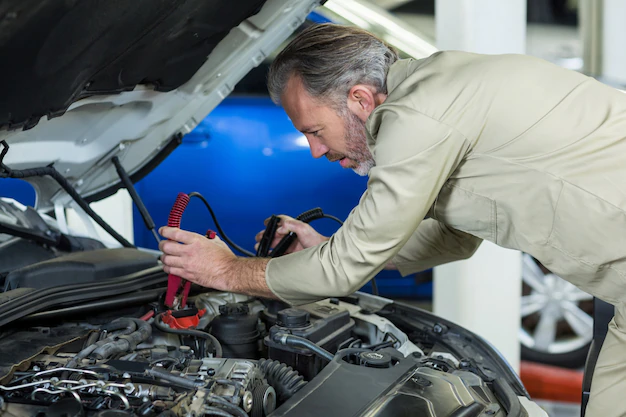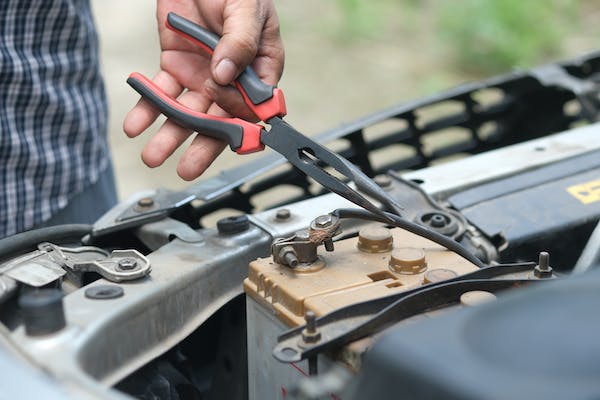A car battery is essential for starting the engine and powering the electrical accessories. Over time, the battery will discharge and will need to be recharged. There are two ways to recharge a car battery by using a standard household charger or by jump-starting the battery with another car.
If you’re using a household charger, it’s important to follow the instructions carefully. First, connect the positive terminal of the charger to the positive terminal of the battery. Then, connect the negative terminal of the charger to the negative terminal of the battery. Finally, plug in the charger and set it to the correct voltage.
If you’re jump-starting the battery, make sure that the cars are not touching each other. Then, connect the positive terminal of one car to the positive terminal of the other car. Next, connect the negative terminal of one car to the negative terminal of the other car. Finally, start the engine of the working car and let it run for a few minutes before starting your own car.
Follow these tips and you’ll be able to charge your car battery quickly and easily!

What You Need To Know About Charging Your Vehicle’s Battery
When it comes to your car, the battery is one of the most important components. It’s what provides the power to start your engine, and if it’s not working properly, you’re going to have a lot of trouble getting anywhere. So how do you go about charging your vehicle’s battery? Here are a few things you need to know.
First and foremost, it’s important to have the right type of charger for your battery. There are two main types of chargers – automatic and manual. Automatic chargers are the most common, and they’re typically used in garages and service stations. Manual chargers are less common, but they can be useful if you’re away from home and don’t have access to an automatic charger.
Once you’ve got the right type of charger, you need to make sure it’s properly connected to your battery. Most chargers will have instructions on how to do this, but if you’re not sure, it’s always best to consult a professional. Once the charger is properly connected, you’ll need to turn it on and let it do its job.
Depending on the type of charger you’re using, it may take a few hours to fully charge your battery. Once it’s finished, you should disconnect the charger and start your engine to make sure everything is working properly. If it is, you’re good to go! If not, you may need to consult a professional to see if there are any other issues with your battery or charging system.
So there you have it – a few things to keep in mind when charging your vehicle’s battery. By following these tips, you can help ensure that your battery stays in good condition and provides the power you need to keep your car running smoothly.

Charging Your Car Battery: Dos And Don’ts
Charging your car battery may seem like a daunting task, but with a few simple tips, you can do it like a pro. In this article, we’ll outline the dos and don’ts of charging your car battery, so you can rest assured that your vehicle is in good hands. Stay safe and have a happy charging experience!
DO:
– Make sure the charger is rated for your car’s battery.
– Clean the terminals of your car battery before hooking up the charger.
– Follow the instructions that come with your charger.
– Monitor the charging process to ensure that everything is going smoothly.
DON’T:
– Overcharge your car battery. This can damage the battery and potentially cause a fire.
– Leave the charger unattended while it’s plugged in.
– Use a damaged or frayed charger cord. This can create a hazard.
– Try to charge a frozen battery. This can cause the battery to explode.
Conclusion:
Knowing how to charge a car battery can come in handy if you find yourself stranded with a dead battery and no jumper cables handy! The best way to recharge a car battery is by using a standard household charger however if you find yourself without one, you can also jump-start your battery with another car.
You May Also Like The Following:
How To Reset Airbag Light? (6 Steps) With Or Without a Scanner
